DRYING SCREED
No one wants a new build home that is covered with mould after the screed has been installed. The use of building dryers brings down the overall humidity so that moulds do not stand a chance. Would you like to know how long it takes to dry your walls and why drying screed with building dryers is a good choice? This is briefly explained below.
Drying screed: how long does it take?
We always advise to allow the screed to cure for 5 to 7 calendar days. After this period you can perfectly start drying out the building without any risk of cracking. To let the screed dry properly, it is best to work with building dryers, fans and, where necessary, additional heating. In principle, buildingdryers.be uses condensation dryers for drying screed. How long these building dryers should be used depends on the thickness of the screed and the material with which it is finished. Ceramic floor tiles, for example, can be laid as soon as two weeks after drying out the building. Parquet, epoxy or cast floors, by contrast, must be very dry before they can be installed. Linoleum may not be installed until four to eight weeks later, because as little as 2% of building moisture may remain in the screed.
Why dry screed with building dryers
Building dryers ensure that your walls are dry in no time! This is because create an ideal drying climate for optimal drying of the building. At buildingdryers.be, drying screed is in principle done using condensation building dryers. These are very efficient from 7C°, and ensure beautiful results, preventing cracks caused by too fast drying.
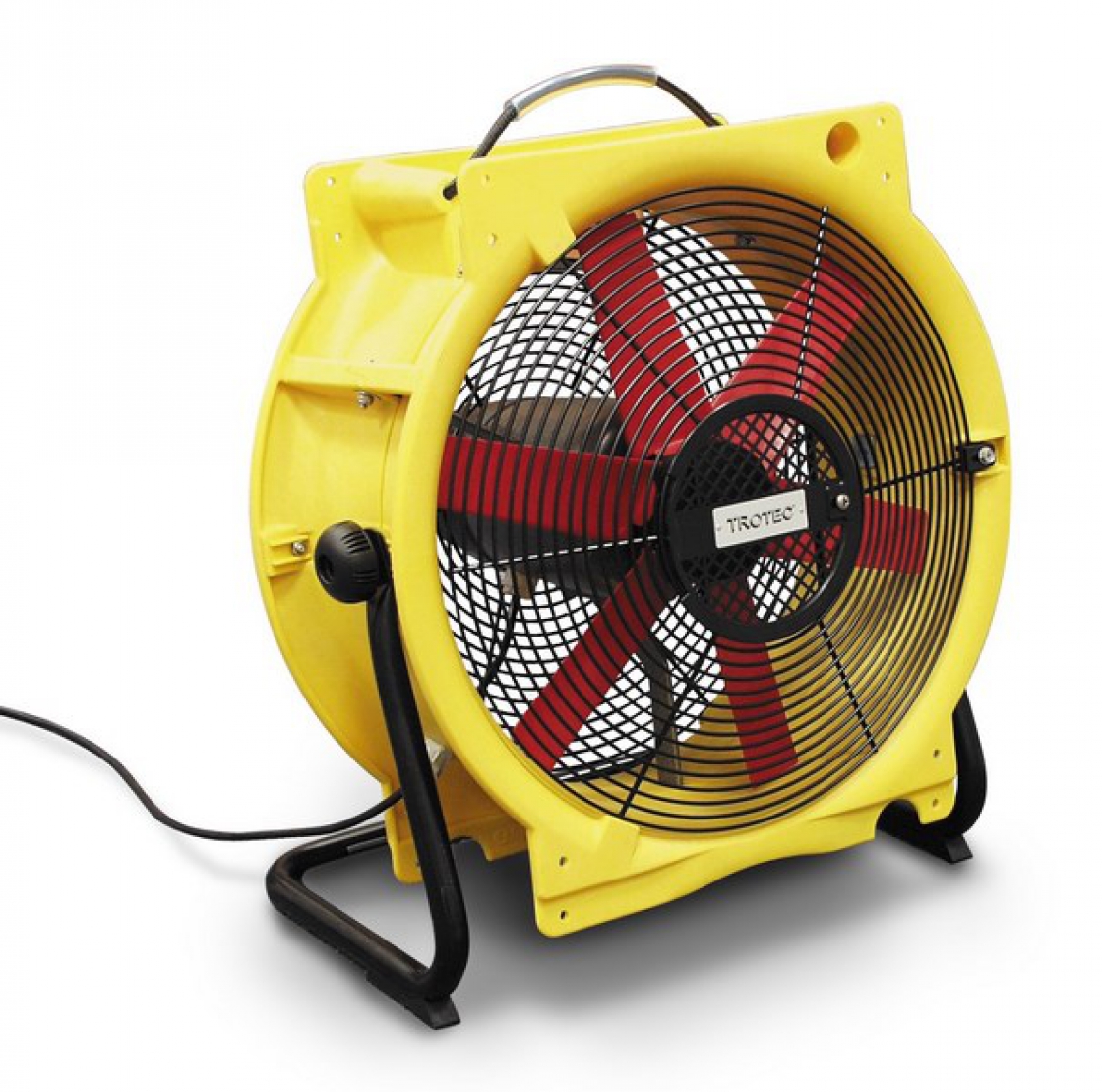
Drying screed with fans and additional heating
We will combine this with fans so that the dry air is evenly distributed in the different rooms, and perfect uniform drying is obtained. Heating is only used if the room temperature is too low and the drying time of the screed becomes critical. The ideal drying temperature is 20 to 25°C, at lower temperatures additional heating can offer a solution. At room temperatures less than 7°C, extra electrical heating is mandatory. At low temperatures the building moisture evaporates too slowly, whereby the screed releases less water. However, as soon as we raise the room temperature, the building moisture will evaporate faster because more water is released.
You could compare it with a bucket of ice and a bowl of boiling water: at very low temperatures, like ice, there will be no evaporation at all, whilst at high temperatures, like boiling water, the moisture will evaporate much more quickly. Drying screed in the winter is often done with additional heating, because warm air can take more moisture than cold air.
Drying screed with Building Dryer
At Building Dryer you can hire not only building dryers, but also fans and electric heaters. These products can be hired both separately or combined. Would you like to dry your screed with one of the products or a combination of them? Contact us at 0476/20.41.56 or use the contact form. We will be happy to send you a no commitment quote. Would you like to receive a detailed quote and are you in possession of a digital plan of your home? Then email it to Ruben@bouwdroger.com.

CLIMATE CONTROLLED SPACE FOR OLDTIMERS
For the storage of this fantastic collection of oldtimers, Oldtimerfarm turned to our comp
Read more >




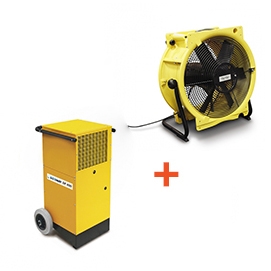
-1693840346.jpg)
-1693836575.jpg)
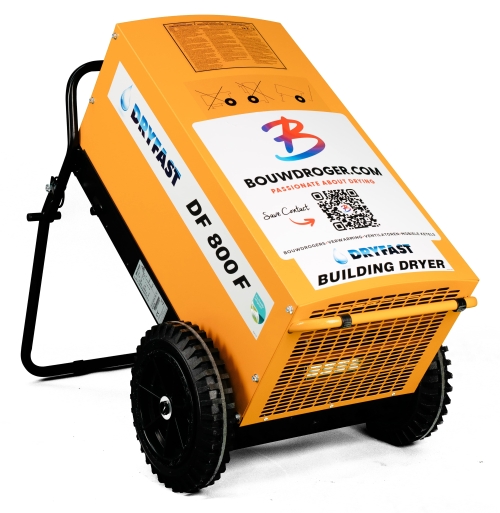
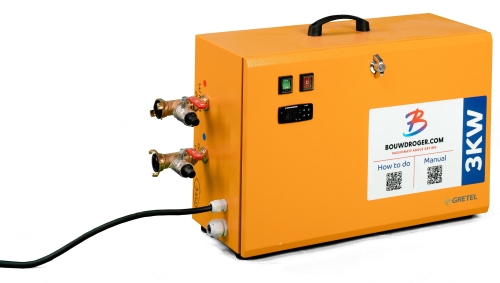
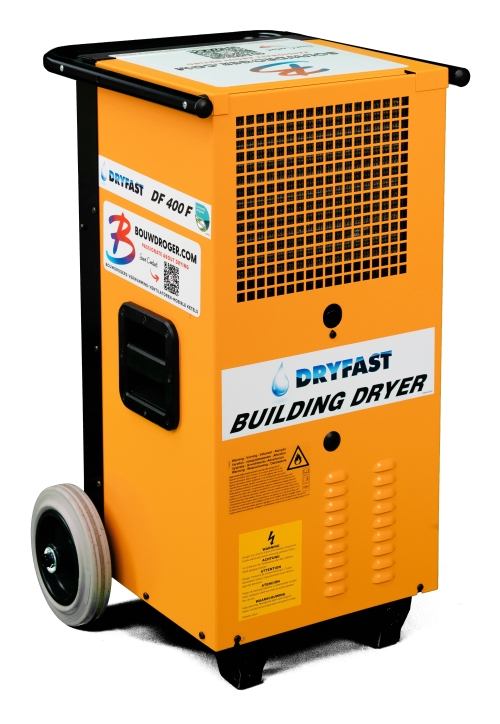
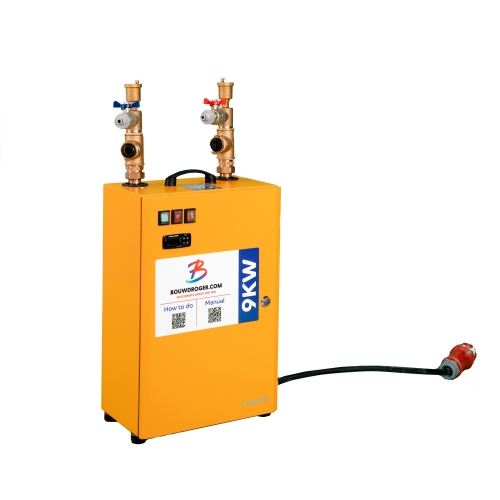
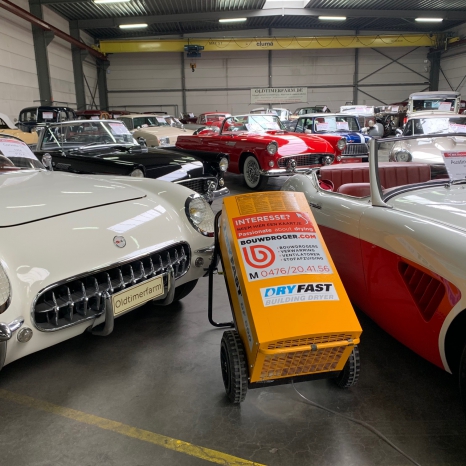
-1691676064.jpg)
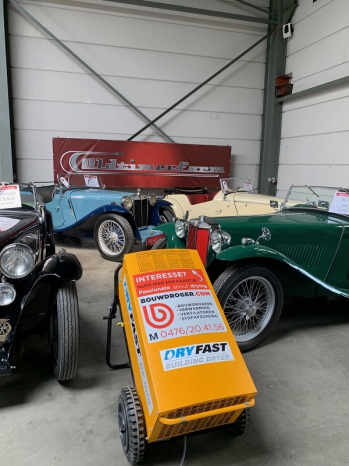

.jpg)
.jpg)
.jpg)
.jpg)
.jpg)
